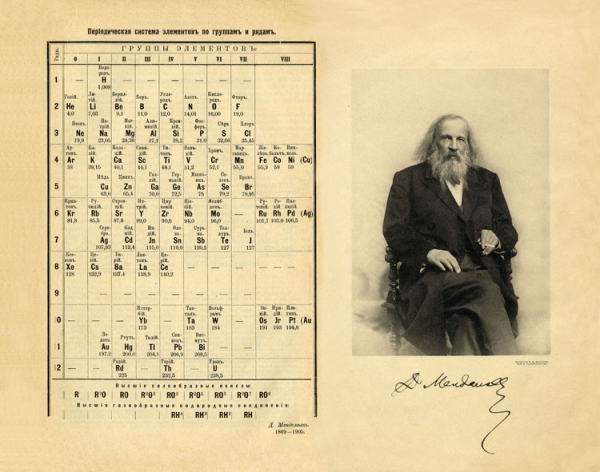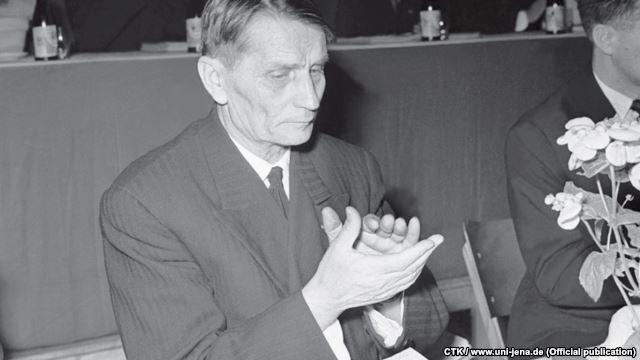The man who lives without 90% of the brain has puzzled scientists
alizar on July 15 at 04:38 63,8 k

MRI of a patient with a virtually absent brain, but leading a normal social life. Photo: Feuillet et al./The Lancet
French man living a relatively normal and healthy life, despite the lack of 90% of the brain, forces scientists to reconsider theories about the biological nature of consciousness.
Despite decades of research, experts still cannot explain the phenomenon of consciousness — the fundamental way in which man relates with the world. We know that it is something formed in the brain, the neurons. But how remains unconscious, if not the vast majority of neurons?
First described in the scientific journalLancet clinical case for nearly ten years, is discussed in the scientific community.
At the time of admission to hospital the patient was 44 years old and until he did a CT scan and did not know he had virtually no brain. In a scientific article disclosed the identity of the patient for privacy, but scientists explain that the greater part of his life he lived quite well, even knowing about its features.
Brain scans of the man made almost by accident. He came to the hospital complaining of weakness in his left leg, but the doctor sent him for a CT. The MRI showed that the man’s skull is almost completely filled with liquid. Remained only a thin outer layer with the brain substance, and the inner part of the brain is virtually nonexistent.
In the illustration to the left shows the tomogram of a brain of the patient in whom a large part of the skull is filled with fluid. For comparison, on CT scan, right — skull normal brain anomalies.

Scientists believe that the patient’s brain was slowly destroyed in the course of 30 years the accumulation of fluid — a process known as hydrocephalus (water on the brain). He diagnosed as a teenager and spent shunting to restore CSF fluid movement, but in 14 years, the shunt was removed. Since the fluid in the skull was accumulated, and the brain is gradually destroyed.
Despite this, the man did not recognize the mentally retarded. It is not a very high IQ of 75, but this did not prevent him from working civil servants to marry and have two children.
When the unusual history of the patient was published in the scientific press, it immediately attracted the attention of neuroscientists. Udivitelno that a man with such a history ever survived, much less was conscious, normally lived and worked.
At the same time, this case allowed us to test some theories about the human mind. In the past, scientists thought that consciousness can be associated with various specific brain regions such as the claustrum (fence) — thin (thickness about 2 mm) irregular plate consisting of gray matter and located under the bark of the big hemispheres of the brain in deep white matter. Another group of researchers from Princeton University vydvigaetsya that consciousness is connected with the visual cortex. But the history of the French patient casts doubt on both these theories.
“Any theory of consciousness must be able to explain why a man who lacks 90% of the neurons still shows normal behavior,” says Axel Cleeremans (Axel Cleeremans, cognitive psychologist at the free University of Brussels (Belgium). The scientist gave a lecture at the 20th international conference on the scientific study of consciousness in Buenos Aires in June 2016.
“Consciousness is nonconceptual brain theory about yourself that is obtained through experience — through training, interaction with oneself, the world and other people,” says Axel Cleeremans. In his scientific work the scientist explains that the existence of consciousness means that the person is not simply possesses information but also aware of the fact that he has information. In other words, unlike the thermometer which indicates the temperature of the conscious world knows and cares about this knowledge. Cleeremans States that the brain continuously and unconsciously learns to re-describe its own activity to itself, and these reports are “self-test” form the basis of conscious experience.
In other words, in the brain not in specific regions where “living” consciousness.
His theory Axel Cleeremans first published in 2011. He calls her “position on the radical plasticity” of the brain. This thesis was correlated with the latest scientific studies that show the unusual plasticity of the adult brain can recover from injury, to “reprogram” certain parts on new challenges, to recover consciousness and full health.
The theory of Cleeremans may explain the case with the French man that retains consciousness in the absence of 90% of the neurons. According to the scientist, even in this tiny brain of the remaining neurons continue to describe their own activity, so that the person gives account for its actions and retains consciousness.
Our knowledge about the brain is increasing every year. Despite the principle of “no system can create a more complicated system itself, we are gradually learning from the work of the Central nervous system and learning to reproduce its function. For example, few days ago published scientific paper describing how the blind mice partially restored the sight of pomusoarele ganglionic (nerve) cells of the retina — the part of the nervous system between the brain and the eye.
This is the area where all the new discoveries. However, sometimes it’s turning up the strange feeling that the more we learn about the brain, the more complex it seems its device.







